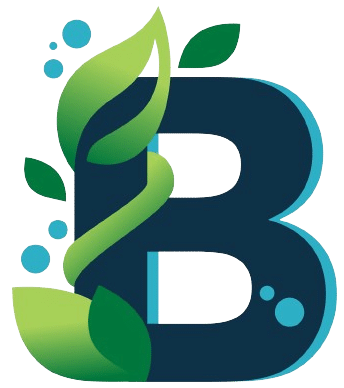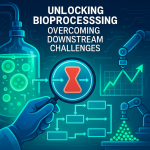🧬 **These engineered lines streamline processes,** reducing costs by eliminating the need for expensive plasmids and transfection reagents.
💡 **Stable AAV producer cell lines create consistency,** minimizing batch variations while supporting massive production capabilities.
🔍 **Explore more about their impact on gene therapy!**
Introduction:
The article discusses the advancements in large-scale gene therapy production using producer cell lines, particularly focusing on the advantages and methodologies associated with adeno-associated virus (AAV) production. It highlights how these engineered cell lines can transform the landscape of gene therapy manufacturing by offering a more efficient, stable, and cost-effective production system.
- Producer cell lines are genetically engineered to stably express necessary genetic elements for AAV production, eliminating the need for helper viruses or plasmid transfection.
- Developing a stable AAV producer cell line involves incorporating four essential components into the host genome, ensuring robust growth and high viral titers.
- Stable AAV producer cell lines minimize batch-to-batch variation, leading to consistent and predictable production outcomes.
- These cell lines support large-scale manufacturing, making it feasible to produce thousands of liters efficiently and reducing the reliance on expensive plasmids and transfection reagents.
- The elimination of costly plasmids and reagents can lower the overall manufacturing costs, representing a substantial economic advantage in AAV production.
Conclusion:
The adoption of stable AAV producer cell lines for gene therapy holds great promise for the future of biomanufacturing. By streamlining the production process and reducing costs, these cell lines pave the way for more accessible and effective gene therapies, potentially expanding treatment options for various genetic disorders as the field continues to evolve.



